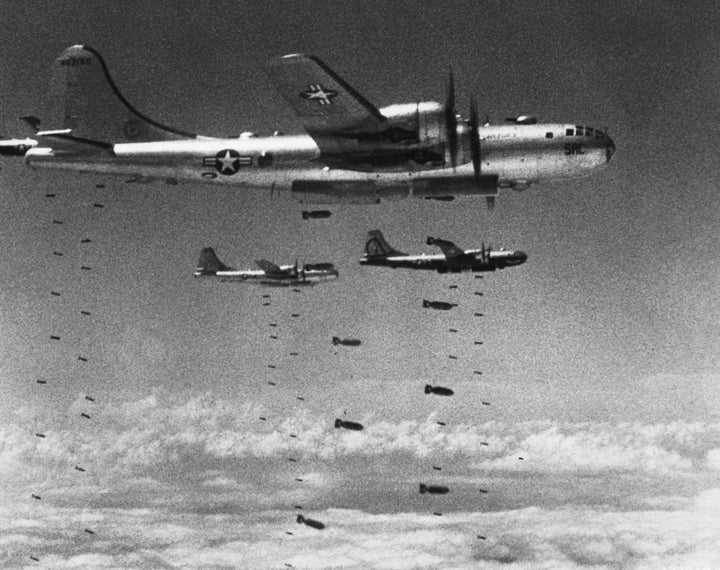
Cross-posted from TomDispatch.com
If you happen to be a dystopian novelist, as TomDispatch regular John Feffer is, then you’re in business these days. Back in 2015, when Donald Trump’s campaign for the presidency was just heating up and Feffer was writing Splinterlands, his vivid look back from the year 2050 at our shattered planet, he named the massive storm that would devastate Washington in 2022 “Hurricane Donald” ― and you can’t be more predictively on the mark or dystopian than that. Now, in August 2017, armed bands of neo-Nazis and white supremacists are in our streets and we have a president whose deepest desire seems to be to support them (because they support him). Meanwhile, the generals from our losing wars are manning the ramparts of an embattled administration (and being treated by the mainstream media as the “adults in the room”) and an unpredictable man-child is in the White House. In other words, the material is clearly going to be there for Feffer ― in his ordinary life a thoughtful columnist at Foreign Policy in Focus ― to devote the rest of his time to dystopian fiction.
And that’s without even mentioning America’s dystopian Asian wars of the past, present, and possibly future. They undoubtedly deserve their own grim set of novels, starting with the bloody and brutal American conquest of the Philippines. Included would also have to be the Pacific War against Japan that ended when a new weapon of unimaginable power obliterated two Japanese cities and significant parts of their populations, leaving humanity to face the possibility of its own future obliteration (and you can’t get more dystopian than that); the Vietnam War that left millions of Vietnamese, Laotians, and Cambodians (and 58,000 Americans) dead; a quarter century of Afghan Wars (the second of them now the longest in American history); and last but hardly least, the Korean War, which began in June 1950 and halted in 1953, after millions of Koreans (and 36,000 Americans) had died. By the estimate of the then-head of the U.S. Strategic Air Command, 20 percent of the North’s population died in those years under a rain of 635,000 tons of bombs and 32,557 tons of napalm (more than was used against the Japanese in World War II), while the North was burned to a crisp without atomic weapons.
In a strange sense, that conflict became America’s first permanent war since no peace treaty was ever agreed to ― though all American wars now seem to be permanent. Of course, with Donald Trump’s recent impromptu comment that North Korean threats “will be met with fire, fury, and frankly power the likes of which this world has never seen before,” an obvious nuclear reference made on the eve of the 72nd anniversary of the atomic bombing of Nagasaki, a future Korean inferno is once again on many minds here and elsewhere, John Feffer’s included. And yet in “Trump and the Geo-Politics of Crazy” he suggests that, if only American officialdom could rid itself of its own dystopian turn of mind when it comes to North Korea, there might be a perfectly peaceable and reasonable way forward. If only indeed...
